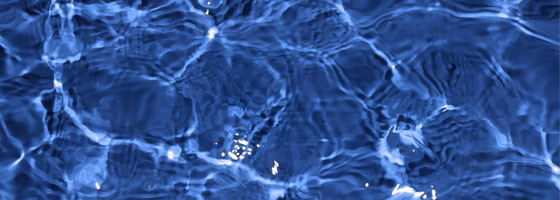Choosing the Best Real-Time Telemetry Option

An Introduction to NexSens Data Loggers
NexSens data loggers can connect to virtually any sensor via analog and digital interfaces. Specifically designed for remote environmental monitoring applications, these data loggers offer superior data acquisition performance in extreme conditions. There are options for landline phone, cellular, radio, Ethernet, WiFi, and satellite telemetry.
A NexSens data logger simultaneously supports eight analog inputs and four digital inputs for multi-sensor data logging capability. All electronics are housed in a rugged, NEMA 4X enclosure constructed of heavy-duty fiberglass. The built-in 8.5 amp-hour sealed lead acid battery provides 12-volt power to the system, and the battery can continuously charge using AC or solar power. Polymer-coated circuit boards, sealed connectors, corrosion-resistant stainless steel hardware, and built-in lightning protection ensure reliable performance in even the harshest conditions. All sensor cables run through waterproof gland fittings to ensure protection from the elements.
The NexSens SDL500 submersible data logger is also available for situations in which the data logger will be exposed to more severe environmental conditions. The SDL500 can withstand extreme wave action, drops, and floods. It consists of the data logger and communications module housed in a fully-submersible, five-inch-diameter round enclosure. It can be outfitted with either a spread-spectrum radio or cellular modem and antenna for real-time communication. It also offers five sensor ports for connection to industry-standard digital and analog sensors. Each sensor port offers a UW receptacle connection with double O-ring seals for waterproof sensor connections.
The SDL500 can be placed into a perforated PVC pipe. Alternatively, a NexSens data buoy can accommodate the data logger as well as three NexSens five-watt solar power packs to provide continuous power.
A Comparison of Real-Time Telemetry Options
 NexSens data loggers can transmit from almost anywhere on Earth. The real-time telemetry options, including radio, cellular, Ethernet, WiFi, and satellite connections, can broadcast up-to-the-second information to a remote base computer. Two factors, however, help determine the best and most cost-effective telemetry method — site conditions and distance to the project computer.
NexSens data loggers can transmit from almost anywhere on Earth. The real-time telemetry options, including radio, cellular, Ethernet, WiFi, and satellite connections, can broadcast up-to-the-second information to a remote base computer. Two factors, however, help determine the best and most cost-effective telemetry method — site conditions and distance to the project computer.
When the project computer can be located within a few miles (line-of-sight) or few hundred feet (non-line-of-sight), license-free, spread-spectrum radio telemetry is often the best choice. A radio telemetry data logger is able to communicate with a NexSens radio base station, which serves as a central hub for one or more remote data loggers and can connect directly to a base computer or relay data to a remote computer.
Cellular telemetry requires the additional cost of a cellular data plan, but it offers greater geographic flexibility. With this method, data transmissions from almost anywhere in the U.S. are possible. A cellular data logger does not need to be in proximity to a base station; instead, its data is accessible, with appropriate credentials, over the Internet. NexSens data loggers can use cellular data plans from many U.S. providers, such as AT&T, Verizon, or Sprint Nextel.
If sites have access to Ethernet ports or are in a WiFi network’s range, Ethernet and WiFi telemetry are ideal choices. With these options, the data logger is available directly on the local network. A landline connection is also available, but it does not provide real-time results as a computer must dial the data logger periodically for updates.
Lastly, for the remotest applications — where cellular telemetry is unfeasible — satellite telemetry may be required. Data loggers with this option communicate with Iridium satellites, allowing them to transmit data from anywhere on Earth.
With this expansive selection of real-time telemetry options, NexSens data loggers are suitable for a wide range of remote monitoring application needs. Furthermore, it’s possible to mix multiple telemetry options. There are data loggers available for radio-to-cellular conversions, as well as radio-to-phone and radio-to-Ethernet. For example, if a remote monitoring site is out of cellular range, it can be equipped with radio telemetry and then be converted to a cellular signal at a nearby location with better cellular reception.
For assistance determining the best data logging and real-time telemetry solution for a specific application’s needs, call a Fondriest Environmental application engineer at 888.426.2151 or email customercare@fondriest.com.




0 comments